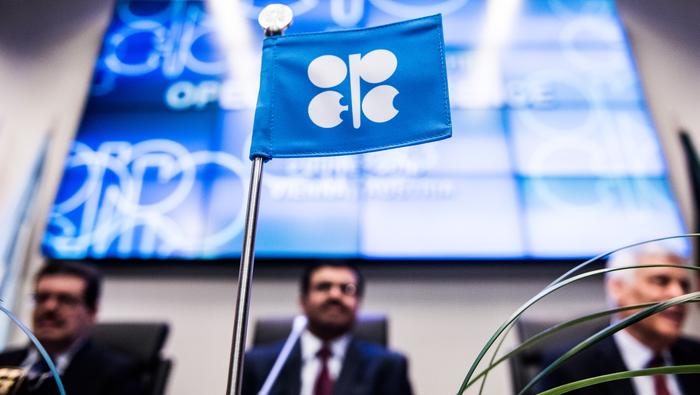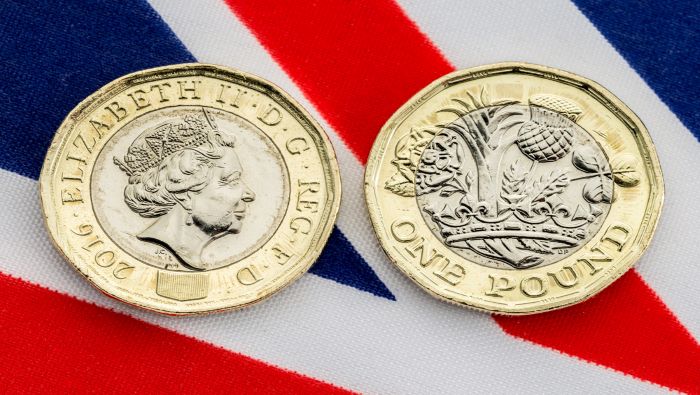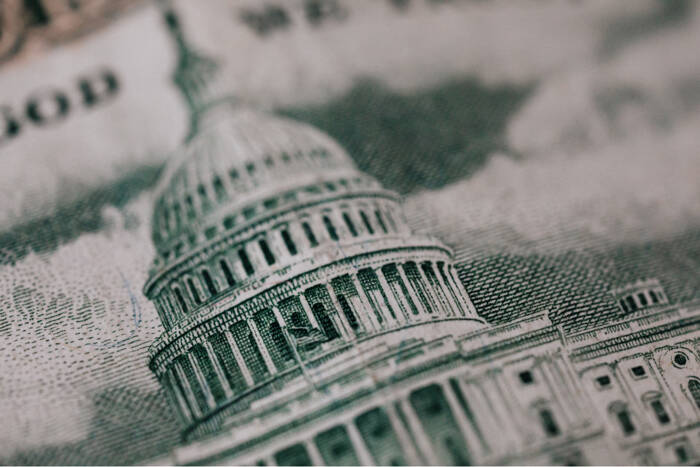THE Q3 CRUDE OIL FUNDAMENTAL FORECAST HAS BEEN REDUCED. In the second quarter, WTI crude oil prices increased by 25%, owing to supply-demand imbalances. OPEC+ and the Iran nuclear accord could boost crude oil production in Q3. Seasonal factors may cause market volatility, or hazards may materialize. During the second quarter of 2021, crude oil prices exploded higher. Over the last three months, WTI and Brent oil prices have risen by nearly 25% and 21%, respectively. This was in line with our upbeat second-quarter fundamental projection, which was mostly based on the likelihood of increased demand due to vaccination and reopening initiatives. However, the crude oil outlook for 3Q-2021 appears to be less optimistic due to the possibility that positive factors begin to sputter. Seasonality in the third quarter suggests less favorable conditions for crude oil prices. Crude oil has a history of performing well in the second quarter before facing headwinds in the third quarter. The crude oil seasonality table above demonstrates this. Seasonally less favorable crude oil circumstances could be one factor working against positive momentum. During the months of July, August, and September, average seasonal performance is arguably neutral. As a result, evidence that crude oil’s upward momentum is diminishing may prompt momentum traders and speculators banking on higher prices to start unwinding their bets. This could have a detrimental impact on the commodity’s price. OPEC and its Allies Oil Production Cuts Are Being Unwinded, and the Iran Nuclear Deal Will Unleash Supply More crucially, the overall direction of crude oil price movement in Q3-2021 will most likely be determined by OPEC and its allies’ supply considerations. Oil producers’ cartel is anticipated to keep unraveling voluntary output restrictions agreed in the aftermath of the covid crisis. To be fair, this growth in oil production is expected to be slow, and the oil market is now extremely tight due to excessive demand. Key OPEC leaders, such as Saudi Arabia’s Prince Abdulaziz, have stated that bringing back production must be done with caution. This will necessitate taking into account the chances of an Iran nuclear deal being negotiated, which would relax sanctions and potentially raise the country’s oil output from approximately 1 million to 2 million barrels per day. However, due to the risk of rising oil output, crude oil prices may experience negative pressure in the third quarter. Compression of OVX runs the risk of inducing complacency in the face of the threat of new Covid variants. TradingView was used to construct this chart by @RichDvorakFX. It’s also worth noting that relatively low implied volatility ratings can indicate that the market is becoming complacent. After all, volatility, like the economy, follows a predictable pattern. Volatility levels that are relatively low are likely to mean-revert higher over time, whereas those that are quite high are likely to normalize back down. If market sentiment deteriorates broadly, indicators of volatility, such as the OVX Index, will likely spike higher, sending crude oil prices lower in response. This highlights the possibility that covid-variant hazards are underappreciated by the market. As a result, it appears that the covid delta-variant is becoming a more widespread public worry. The number of new cases of this strain has been fast increasing, causing delays in reopening attempts and even additional lockdowns, although the market has barely noticed. Given that increased limits on economic activity to combat the spread of covid are likely to push oil demand and prices considerably lower, this is an area that should be kept near the top of the crude oil forecast radar. — Rich Dvorak, a DailyFX.com analyst, wrote this article. For real-time market updates, follow @RichDvorakFX on Twitter./n
Read MoreCrude Oil Price Outlook: Bullish Drivers to Sputter in Q3
2021-07-07T22:00:00-04:00July 7th, 2021|





